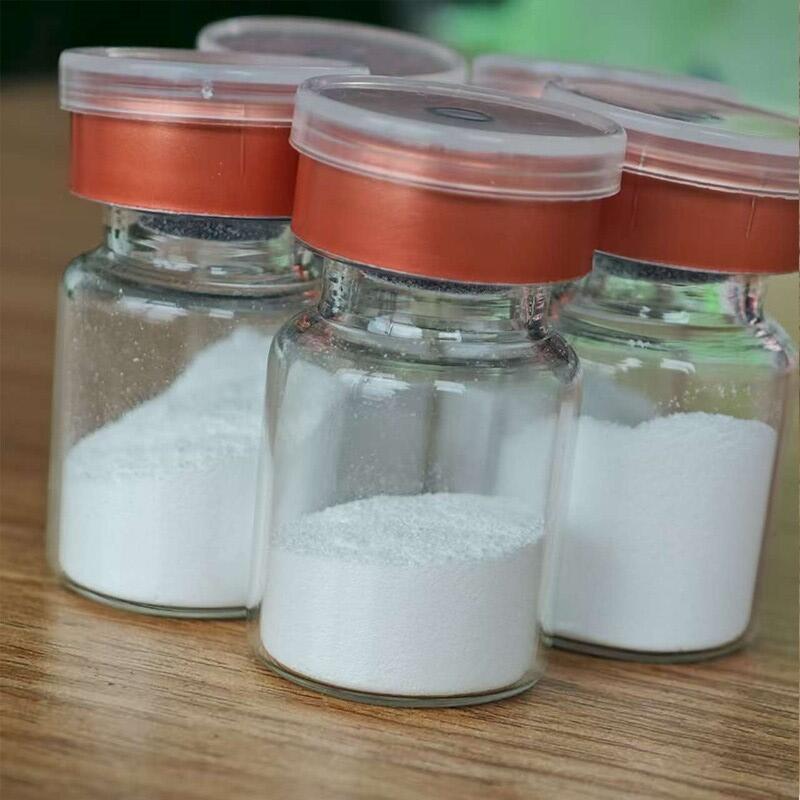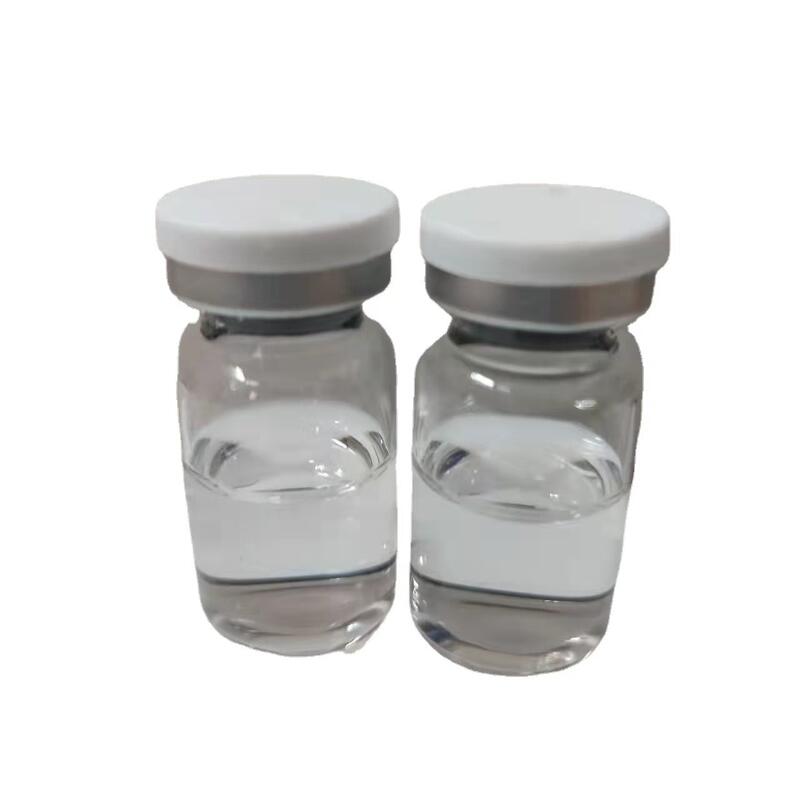-
Categories
-
Pharmaceutical Intermediates
-
Active Pharmaceutical Ingredients
-
Food Additives
- Industrial Coatings
- Agrochemicals
- Dyes and Pigments
- Surfactant
- Flavors and Fragrances
- Chemical Reagents
- Catalyst and Auxiliary
- Natural Products
- Inorganic Chemistry
-
Organic Chemistry
-
Biochemical Engineering
- Analytical Chemistry
-
Cosmetic Ingredient
- Water Treatment Chemical
-
Pharmaceutical Intermediates
Promotion
ECHEMI Mall
Wholesale
Weekly Price
Exhibition
News
-
Trade Service
The Production Process of N-(2-Aminoethyl)-4-morpholinecarboxamide Ethanedioate (Landiolol)
N-(2-Aminoethyl)-4-morpholinecarboxamide ethanedioate, commonly known as Landiolol, is a widely used pharmaceutical ingredient that belongs to a class of drugs called antihistamines.
The molecule has a complex structure, and its production process involves several steps that require careful optimization to ensure optimal yields and purity.
This article will provide a detailed overview of the production process of Landiolol, including the raw materials, reagents, reaction conditions, purification, andquality control methods used in its manufacture.
Raw Materials and Reagents
The production of Landiolol involves several raw materials and reagents, including morpholine, ethylene glycol, ammonia, hydrochloric acid, sodium hydroxide, and various solvents and catalysts.
These materials are used in various stages of the production process and must meet strict quality standards to ensure the integrity of the final product.
Synthesis of Morpholine
Morpholine is a key starting material for the synthesis of Landiolol.
It can be synthesized through several methods, including the Strecker reaction, which involves the reaction of ammonia and formaldehyde in the presence of a catalyst, such as sodium hydroxide or zinc chloride.
The resulting product is then hydrolyzed to obtain morpholine.
Synthesis of 4-Morpholinecarboxamide
Once the morpholine has been synthesized, it can be converted to 4-morpholinecarboxamide through a reaction with ethylene glycol in the presence of a catalyst, such as sodium hydroxide or potassium hydroxide.
The reaction is typically carried out in a polar solvent, such as water or a mixture of water and an organic solvent, such as dimethylformamide or dimethylacetamide.
Synthesis of N-(2-Aminoethyl)-4-morpholinecarboxamide
To synthesize N-(2-aminoethyl)-4-morpholinecarboxamide, the 4-morpholinecarboxamide is first reacted with ammonia in the presence of a catalyst, such as hydrochloric acid or sodium hydroxide.
The reaction is typically carried out in a polar solvent, such as water or a mixture of water and an organic solvent, such as ethanol or methanol.
Purification and Quality Control
After the synthesis of N-(2-aminoethyl)-4-morpholinecarboxamide ethanedioate, the product is typically purified through a series of chromatography techniques, such as column chromatography or high-performance liquid chromatography (HPLC).
These techniques involve the use of specialized adsorbents or stationary phases to separate the product from any impurities or byproducts.
In addition to purification, quality control is an essential part of the production process of Landiolol.
This involves the testing of the final product for various parameters, including chemical composition, purity, and stability.
These tests are typically carried out using advanced analytical techniques, such as mass spectrometry or nuclear magnetic resonance (NMR) spectroscopy.
Conclusion
The production of N-(2-Aminoethyl)-4-morpholinecarboxamide ethanedioate, or Landiolol, involves several steps that require careful optimization to ensure optimal yields and purity.
The raw materials and reagents used in its synthesis must meet strict quality standards, and the final product must be thoroughly tested and analyzed to ensure its safety and efficacy.
By following strict quality control procedures and using advanced analytical techniques, pharmaceutical companies can ensure that the final product meets all







